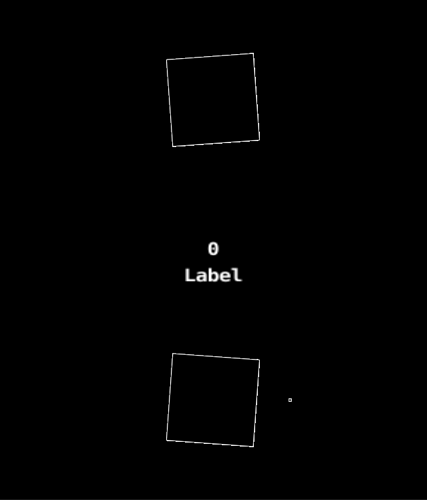hello defolders!
if i got it correctly, defold does not support kinematic-dynamic interactions, i.e. an air-hockey game where the player paddles would be kinematic and the puck would be dynamic. hitting the puck with a fast paddle movement does not accelerate the dynamic puck, the paddle pushes the puck but when the paddle stops, the puck will continue with the speed it had before the collision but correctly with the erm, “bounced off” path …
so now i read up and changed the puck to a kinematic object, i detect the collisions correctly, i used “Resolving kinematic collisions” in the physics manual, the puck bounces off rotating objects, slides along the sides of those rotating objects, all works great and as expected
but … 
i am so stuck in finding a way or to get usable values from the “contact_point_response” message 
“relative_velocity” always returns vector3(0,0,0)
“distance” somehow does not seem to return usable info since it can report a deeper penetration for a collision where the object the puck collides with is moving away from the puck as for a collision that happens with an object moving towards the puck.
" applied_impulse" is always 0
attached is a screen shot of a simple test, the 2 boxes rotate with a fixed velocity, the ball bounces off the sides of the screen and the boxes. what i am trying to do is to get a value that i can use to either slow the ball down or speed it up, depending how it hits the rotating boxes, depending on if the surface the ball collides with is moving towards or away from the ball, maybe better said i’d like to make the ball bounce off depending how hard it gets hit by an obstacle or the moving player paddle …
colyseus networking and all i wanted so far was “easy” (yeah right) but its working like a charm … i just can’t figure this one out.
any help would be appreciated, thank you all in advance

